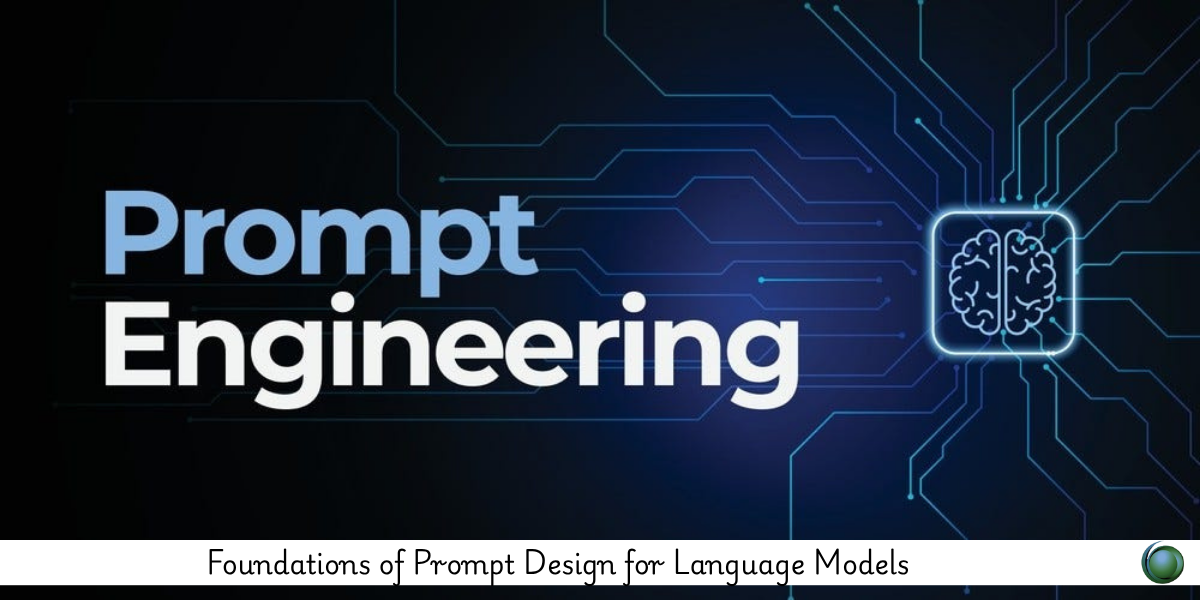Description
Introduction
Prompt design is the foundation of effectively interacting with large language models (LLMs). As AI becomes more integrated into everyday tasks, the ability to craft clear, precise, and purposeful prompts becomes an essential skill. This course explores the fundamental principles of prompt design, helping learners understand how to communicate with LLMs to produce relevant, coherent, and accurate outputs.
Prerequisites
Familiarity with basic AI and language model concepts (no coding required)
Comfort with written communication and text formatting
Curiosity and willingness to experiment with prompt variations
Table of Contents
-
Introduction to Language Models and Prompting
1.1 What Are Large Language Models?
1.2 The Role of Prompts in AI Responses
1.3 Why Prompt Design Matters -
Core Principles of Effective Prompt Design
2.1 Clarity and Precision
2.2 Relevance and Context
2.3 Format and Constraints
2.4 Iterative Refinement -
Prompt Structures and Types
3.1 Instructional Prompts
3.2 Descriptive and Narrative Prompts
3.3 Comparative and Analytical Prompts
3.4 Role-Based and Simulated Persona Prompts -
Prompting for Different Output Formats
4.1 Lists, Tables, and Outlines
4.2 Dialogues and Conversational Style
4.3 Summaries and Expansions
4.4 Step-by-Step Instructions -
Few-shot and Zero-shot Prompting
5.1 Understanding Zero-shot Examples
5.2 Designing Few-shot Prompt Templates
5.3 Using Exemplars to Guide Output
5.4 Pros and Cons of Shot-Based Prompting -
Prompt Design in Practical Use Cases
6.1 Prompts for Writing and Editing
6.2 Prompts for Learning and Research
6.3 Prompts for Business and Data Summaries
6.4 Prompts for Brainstorming and Ideation -
Evaluating and Improving Prompts
7.1 Assessing Relevance and Accuracy
7.2 Diagnosing Common Prompting Errors
7.3 Feedback Loops and Iterative Testing
7.4 Tools and Logs for Prompt Evaluation -
Ethical and Responsible Prompting
8.1 Avoiding Biased or Harmful Outputs
8.2 Promoting Inclusivity in Language
8.3 Managing Sensitive Content
8.4 Setting Safe and Verifiable Boundaries -
Building a Personal Prompt Toolkit
9.1 Creating Prompt Templates and Libraries
9.2 Organizing Prompts by Use Case
9.3 Versioning and Sharing Prompts with Teams
9.4 Using Prompt Management Tools -
The Future of Prompt Design
10.1 Prompt Engineering vs. Natural Language
10.2 Prompting in Multimodal and Cross-Domain Models
10.3 Introduction to Prompt Automation and APIs
10.4 Evolving Roles of Humans in the Loop
Prompt design is a critical skill in the age of AI and language models. By learning the foundations of structuring, refining, and evaluating prompts, users can unlock the full potential of LLMs. Whether applied to writing, research, business, or development, strong prompt design ensures accurate, meaningful, and ethical AI interactions.







Reviews
There are no reviews yet.